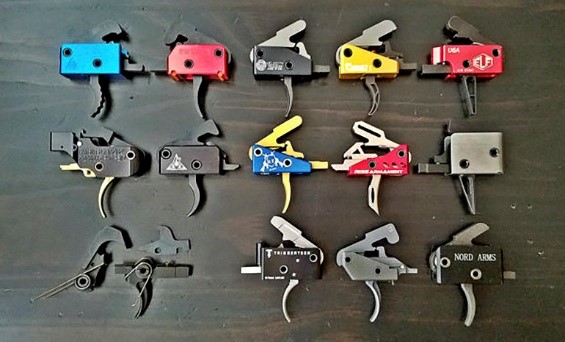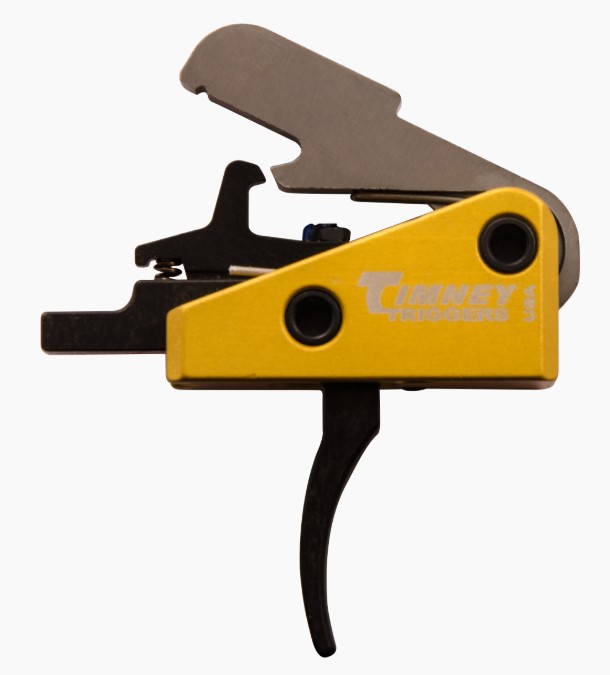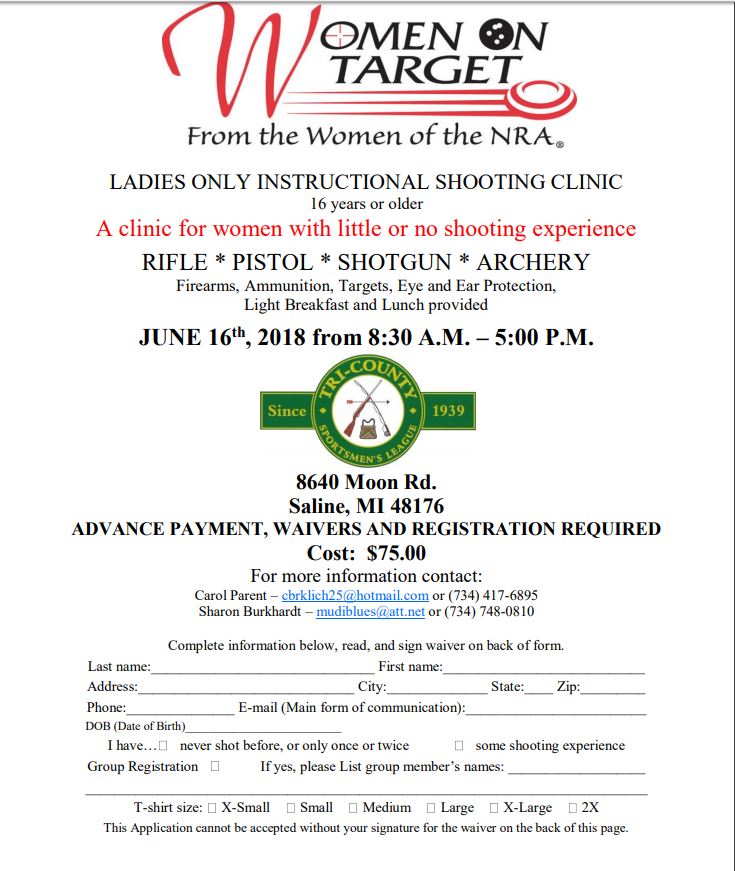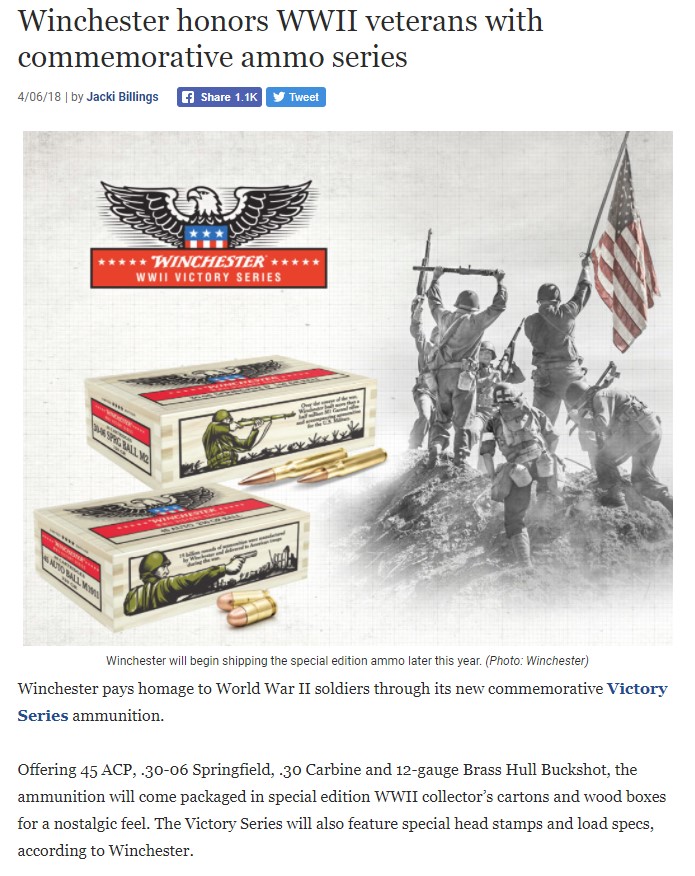One of the first things I noticed when I proudly shot my first AR15 was the trigger. I can still remember thinking “That’s Awful” and this was a Colt LE6920 not a low end entry level gun. The efforts were high, it was scratchy/gritty, but at least it was consistent, if you want to count consistently BAD! This is not unusual with a trigger that was originally designed for the military. However even a commercially designed gun can be a compromise trying to strike a balance between cost, function, safety and liability.
You may ask yourself “I just spent several hundred to a few thousand dollars on this gun, why do I need to spend more on a new trigger? Remember the trigger is one of the most important contributors to accurate shooting. Every time you shoot that gun, the trigger is your interface to the machine. If it causes you to jerk or flinch, you will have difficulty obtaining a tight grouping on your rounds, especially if you are shooting offhand.
Fortunately AR15 triggers are relatively easy to replace but you face a bewildering set of choices.
Although your original trigger is likely separate pieces, many aftermarket companies make what is called a “drop in” replacement trigger. This trigger comes with all pieces assembled in a frame or carrier and the entire assembly is held in place by the same pins that held your original triggers individual pieces. This allows for the new trigger to be assembled and adjusted at the factory and is not affected by individual gun variation or differences between brands. You also have to determine if you want a single or two stage style of trigger. A single stage has a single smooth pull with no take-up or slack in the pull. You apply pressure to the trigger and at the desired pull weight the sear will release the trigger to fire. On a two stage trigger there is movement in the trigger rearward for a specific amount of travel at a lower pressure perhaps 2 lbs. of pressure. After the trigger’s rearward movement the pressure to move further raises to the desired release pressure.
I am going to talk about an example of the Timney AR-15 Gold Trigger single stage series. In this case you select the trigger pull weight you desire of 3, 4, or 4.5 lbs. and which trigger shoe (the part your finger touches when shooting) you like best either curved, straight or skeletonized. Some models offer adjustable pull, but these are fixed. You simply remove your old trigger pins and components, drop the new one in, reassemble and enjoy.
What do you get for your approx. $200 (replacement triggers usually cost between $150 and $300)? You will immediately notice an improved feel. A smooth clean pull with no hint of grittiness, the trigger breaks at a consistent amount of pressure which will result in more accuracy for smaller groups, higher scores, or more game harvested.
This is not a hard installation and for the small amount of effort will get the biggest “Bang for the Buck” (no pun intended) for your accuracy dollar.
Be forewarned however, you will no longer be satisfied with the trigger on any of your other rifles! Fortunately there are aftermarket triggers made for most rifles.









